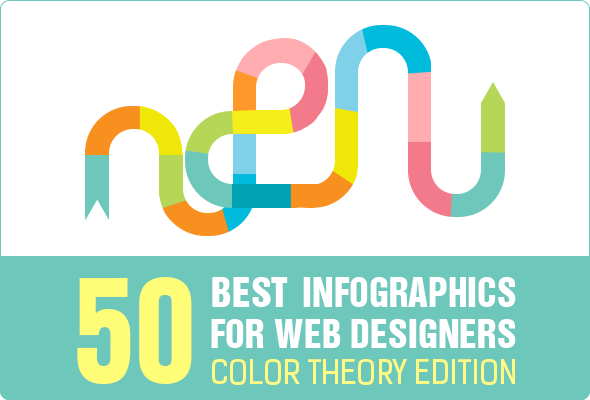Using The Toughness Of Visual Power Structure In Website Creation
Using The Toughness Of Visual Power Structure In Website Creation
Blog Article
Material By-Thisted Schwartz
Visualize a website where every aspect completes for your interest, leaving you feeling bewildered and unsure of where to focus.
Currently picture an internet site where each element is meticulously prepared, leading your eyes effortlessly via the web page, giving a smooth user experience.
The distinction hinges on the power of visual hierarchy in site style. By purposefully organizing and prioritizing components on a webpage, developers can produce a clear and user-friendly path for users to follow, inevitably enhancing involvement and driving conversions.
However just how specifically can you harness this power? Join us as we discover the principles and techniques behind efficient visual hierarchy, and discover how you can elevate your site layout to brand-new heights.
Understanding Visual Power Structure in Web Design
To efficiently convey details and overview users via a site, it's crucial to recognize the idea of visual power structure in website design.
Visual hierarchy refers to the setup and organization of components on a website to emphasize their relevance and produce a clear and instinctive individual experience. By establishing search engine marketing companies , you can direct users' interest to the most important info or actions on the web page, improving functionality and involvement.
This can be accomplished through numerous design strategies, including the calculated use size, color, comparison, and positioning of aspects. As an example, larger and bolder elements usually bring in more interest, while contrasting colors can produce aesthetic comparison and draw focus.
Principles for Efficient Visual Power Structure
Comprehending the concepts for efficient visual pecking order is necessary in producing an user-friendly and appealing internet site design. By adhering to these principles, you can ensure that your web site properly connects details to individuals and overviews their attention to one of the most important components.
One principle is to use dimension and range to develop a clear aesthetic power structure. By making vital aspects bigger and a lot more prominent, you can draw attention to them and overview individuals through the web content.
One more principle is to utilize contrast efficiently. By utilizing contrasting local seo for agencies , fonts, and forms, you can develop visual differentiation and highlight important info.
Additionally, the principle of distance recommends that associated components ought to be organized with each other to visually attach them and make the site a lot more organized and very easy to browse.
Implementing Visual Power Structure in Site Design
To apply visual pecking order in website design, prioritize important aspects by changing their dimension, color, and position on the page.
By making key elements larger and extra prominent, they'll normally draw the user's attention.
Usage contrasting shades to produce aesthetic comparison and highlight crucial details. As an example, you can utilize a strong or vivid shade for headlines or call-to-action buttons.
Additionally, consider the position of each element on the page. Location vital aspects on top or in the center, as individuals have a tendency to focus on these locations initially.
Final thought
So, there you have it. Aesthetic pecking order is like the conductor of a symphony, assisting your eyes with the internet site layout with skill and style.
It's the secret sauce that makes a website pop and sizzle. Without it, your layout is just a cluttered mess of arbitrary elements.
Yet with aesthetic pecking order, you can create a work of art that orders attention, communicates effectively, and leaves a lasting perception.
So leave, my friend, and harness the power of aesthetic hierarchy in your internet site style. Your target market will thank you.
